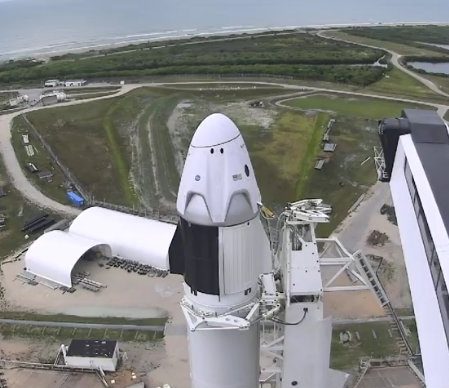The lawyers for the Trump campaign today held a press conference outlining in extensive detail the evidence they have gathered pointing to election fraud in multiple states, all designed to manufacture fake votes for Joe Biden or to disenfranchise Trump voters.
Yes, I know, it is a press conference. And yes I know, it is run by only one side. To simply dismiss what that side said however is to put one’s head in the sand. Two allegations struck me as particularly damning:
Giuliani offered evidence to show that 15,000 voters in Pittsburgh alone were disenfranchised of their vote, and forced to vote via provisional ballot when they arrived at their polling place. These voters allegedly were told that they had already voted by mail.
Giuliani alleged as well that ballots were trucked into Detroit at 4:30 am on election night to be counted after poll workers believed that Republican observers to the count had left. He claimed that workers said that these were Biden ballots, improperly packaged, and without votes for any of the additional races. He said that the votes were counted three times.
In the first case the allegations apparently came from the voters themselves. If based on actual legal affidavits, the allegations have real merit, and suggest massive fraud in Pittsburgh alone.
In the second case, more details are found here.
Guiliani went on to cite testimony from witnesses to bolster his case, ripped the media for falsely reporting there is “no evidence” of fraud and argued proper oversight was not executed while mail-in ballots were counted.
“Do you know how many affidavits were have in the Michigan case? Two hundred and twenty affidavits,” he said. “What they swear to is that at 4:30 in the morning, a truck pulled up to the Detroit center where they were counting ballots. The people thought it was food so they all ran to the truck. It wasn’t food, it was thousands and thousands of ballots and the ballots were in garbage cans, they were in paper bags, they were cardboard boxes and they were taken into the center. They were put on a number of tables. At that time they thought all of the Republican inspectors had left, all but two had.”
“Here’s what they jointly swear to: that every ballot that they could see, everything that they Ould hear, these were ballots for Biden. When they saw a ballot, these were ballots only for Biden, nothing down ticket,” Guiliani continued. “Many of them were triple counted.”
“Why would you not allow inspections of those ballots? Because you knew you were going to use those ballots to catch Biden up,” Guiliani said, adding that the recount in Georgia will be worthless due to a lack of signature [emphasis mine]
The highlighted text puts the lie to the claim that no evidence of election fraud exists. An affidavit is a legal document that carries I think penalties if found to be a lie. Moreover, when you begin to get a lot of them, all confirming each other, their reliability is strongly reinforced.
The election count in the disputed states needs to be completely reviewed, carefully, by going back to the actual ballots. The computer data is untrustworthy and must be put aside.
If that review finds Joe Biden won, so be it. It would mean the country favored the Republicans overall, but preferred a change in president.
If that review instead shows Trump did win, and that a large amount of voter fraud occurred, then major investigations are in order to find the perpetrators. It must also be the number one priority of Republicans in every one of these states (all controlled at the legislative level by Republicans) to overhaul the election system to prevent such fraud from reoccurring. Better to go back to simple paper ballots that are counted by hand, than the unreliable computer systems we have now.





